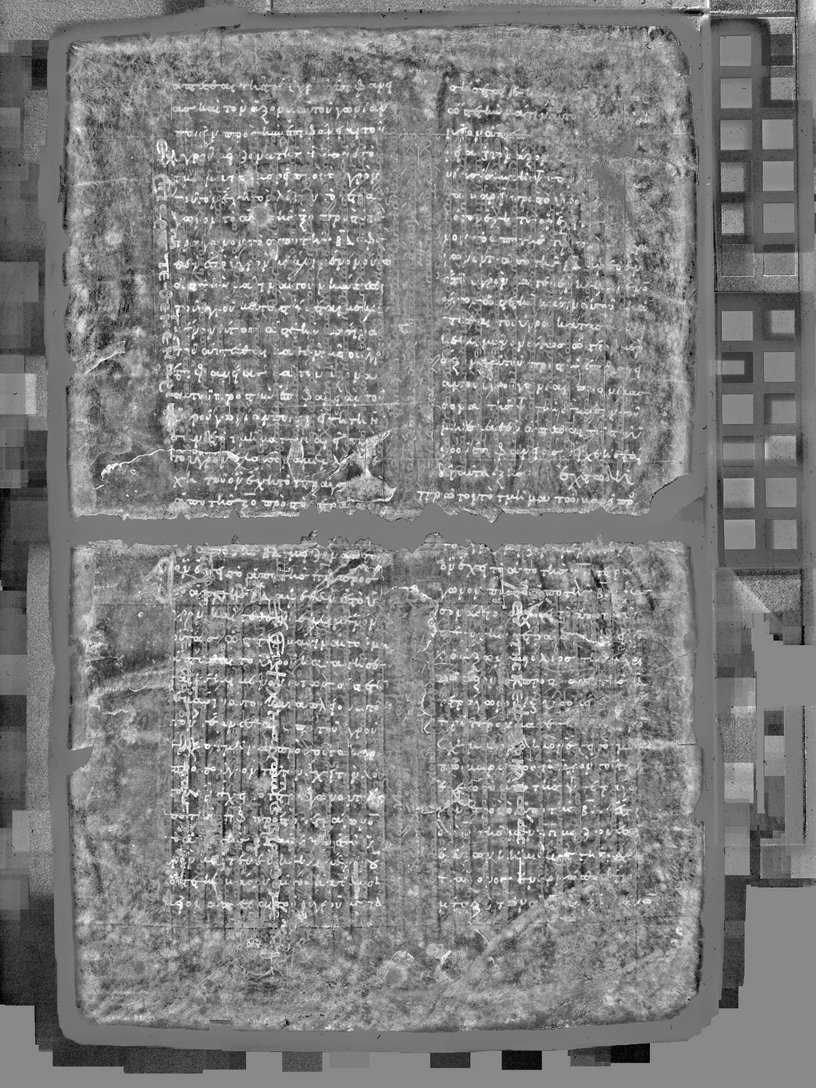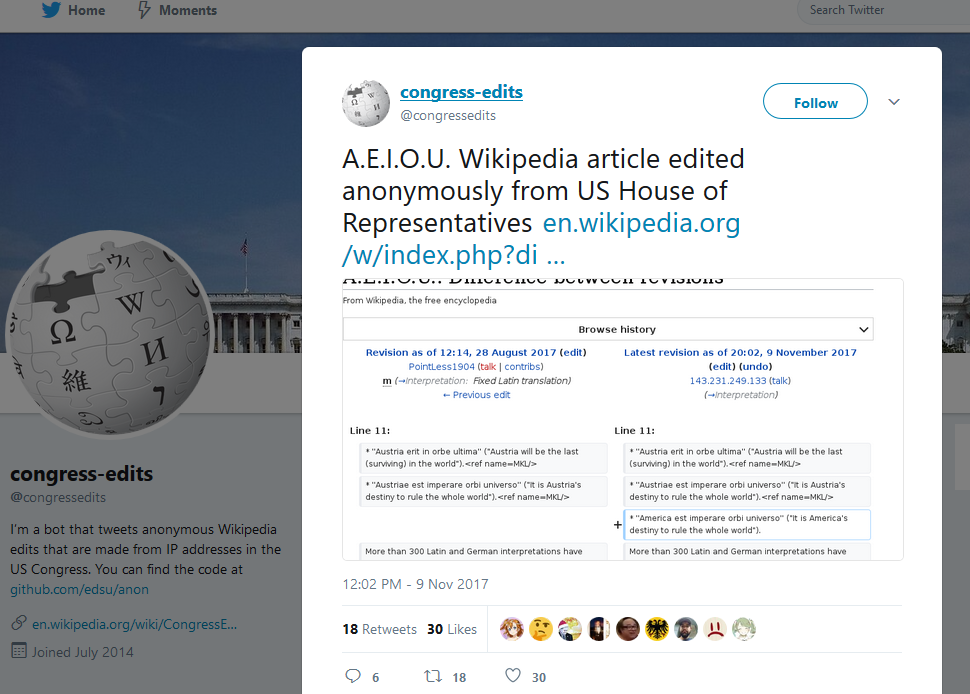Editing



(Images from Archimedes Palimpsest site, https://twitter.com/congressedits/status/928714491780653056, and https://web.archive.org/web/20170427072222/https:/twitter.com/kanyewest/status/698971890581401600)
Editing and deletion plays a major role in the lives of both manuscripts and digital objects. Nowadays when a printed book is published, making changes to the work can be unfeasible: once the book is distributed, fundamentally altering or removing from the text would involve tracking down and changing a significant amount of the copies. For both manuscripts and digital artifacts, making such changes is much more feasible.
In the more distant past, we have an image of the Archimedes Palimpsest, which was edited significantly: the original text in the manuscript contained (amongst other things) works of Archimedes that are not known to exist anywhere else, but the ink was at some point during the life of the codex scraped off of the parchment and replaced with prayers, the codex was totally repurposed and significant works were replaced. Another significant example of changes comes from Charles V's personal copy of Grandes Chroniques de France (a history of France): Charles V desired his copy reflect that England was responsible for the Hundred Years War, so a scribe scraped away part of the text and placed blame on Edward III1. This illustrates that these modifications come into play not only because parchment is expensive, but also because of political motivations. Susceptibility was a distinct and important feature of the manuscript2.
In the more recent past, we have Wikipedia, Kanye West, and Elsevier. Wikipedia is designed to change, its susceptibility is arguably its most pivotal feature. Wikipedia is susceptible to the same levels of political influence as the Grandes Chroniques, pictured above is an image of a Twitter account @congressedits that tracks edits to Wikipedia's articles made from within the US Congress.
Kanye West has also provided a fascinating example of making edits to digitally published works. He released his album The Life of Pablo in early 2016 initially on the streaming service Tidal, and in March of 2016, he 'fixed' wolves, as the pictured tweet says3. This 'fixing' was made possible largely because of the nature of publication to streaming services such as Tidal, where users do not keep copies of the work, but obtain temporary copies on-demand from a centralized file, which is subject to changes. Further exemplifying the malleability of digital media, Kanye later deleted the pictured tweet, so now it is only available through the contexts of various archival services such as the Internet Archive's Wayback Machine.
Finally, we have Elsevier, included here for its role in the closure of the book piracy site Library.nu. Elsevier and over a dozen other publishers sued the site for copyright infringement, and as a result the site, which hosted somewhere between a quarter million and a million documents4. Thus, much like Charles V wrote out the French role in the beginning of the Hundred Years War and some poor misguided monk wrote out unique works of Archimedes, Elsevier wrote out one of the largest collections of digital knowledge to have existed.
Digital objects (especially those on the web) often vanish for less malicious reasons. Much like the parchment the Archimedes texts were written on, hosting servers can be expensive, and as such, content disappears quite frequently, even when hosted by large and wealthy corporations. The ArchiveTeam tries to preserve such data, and often notes when certain notable sites disappear.
Footnotes:
Nichols 38
Bourgain 154
for an impassioned overview, see https://knowledgeutopia.wordpress.com/2014/01/22/the-burning-of-library-nu/